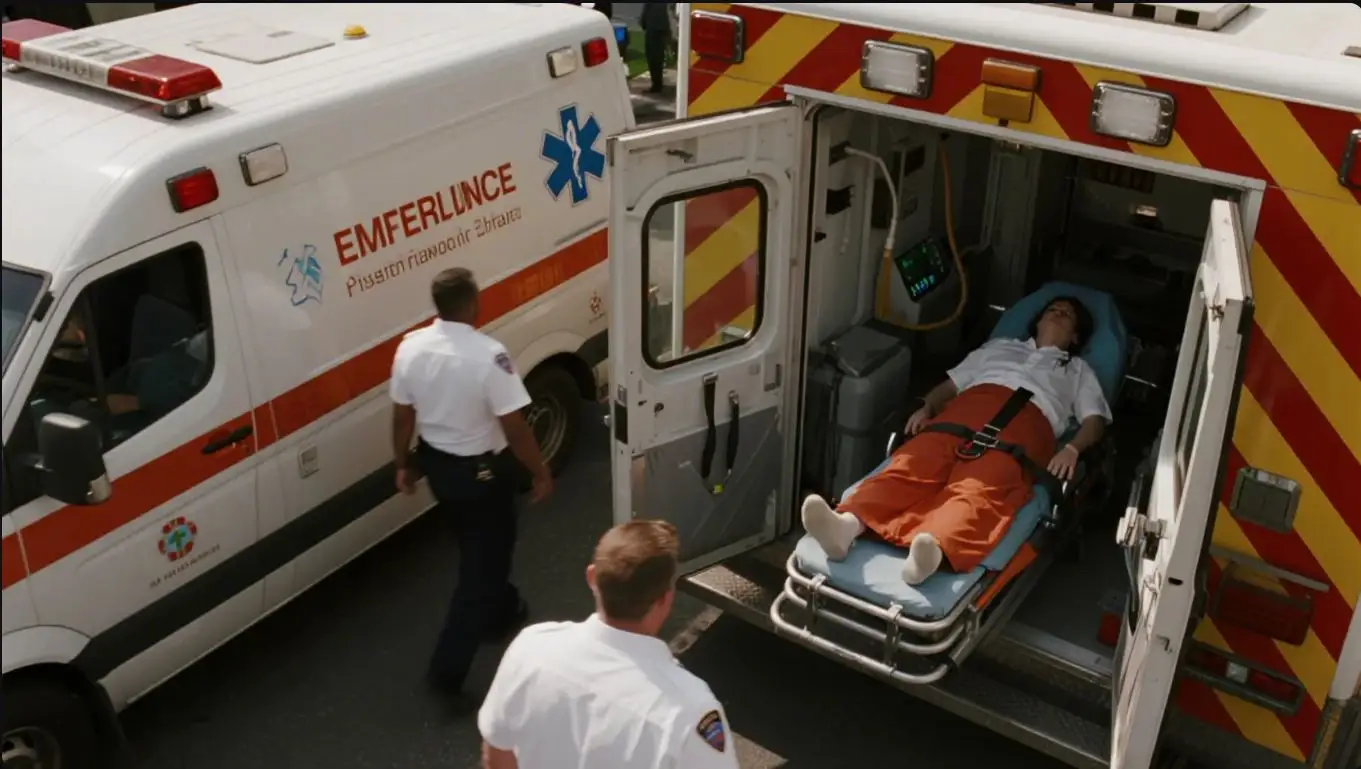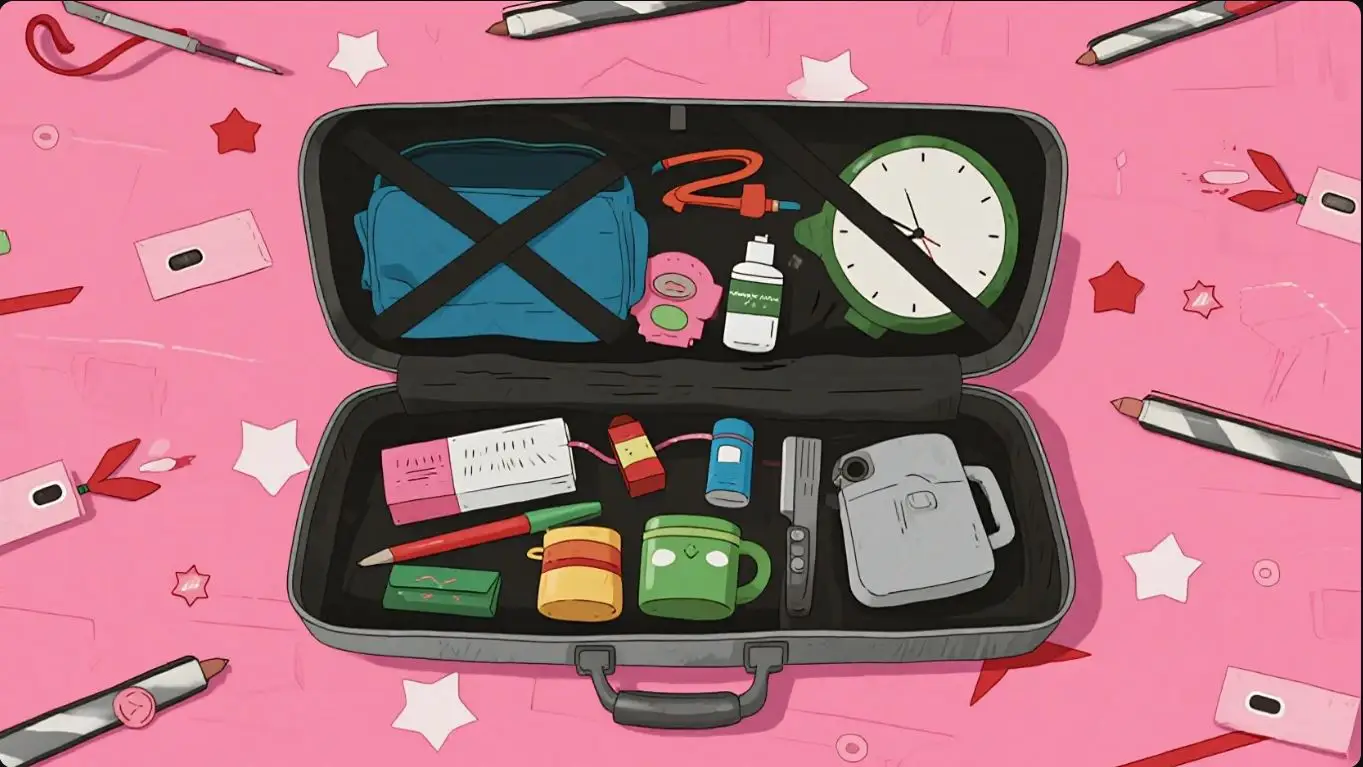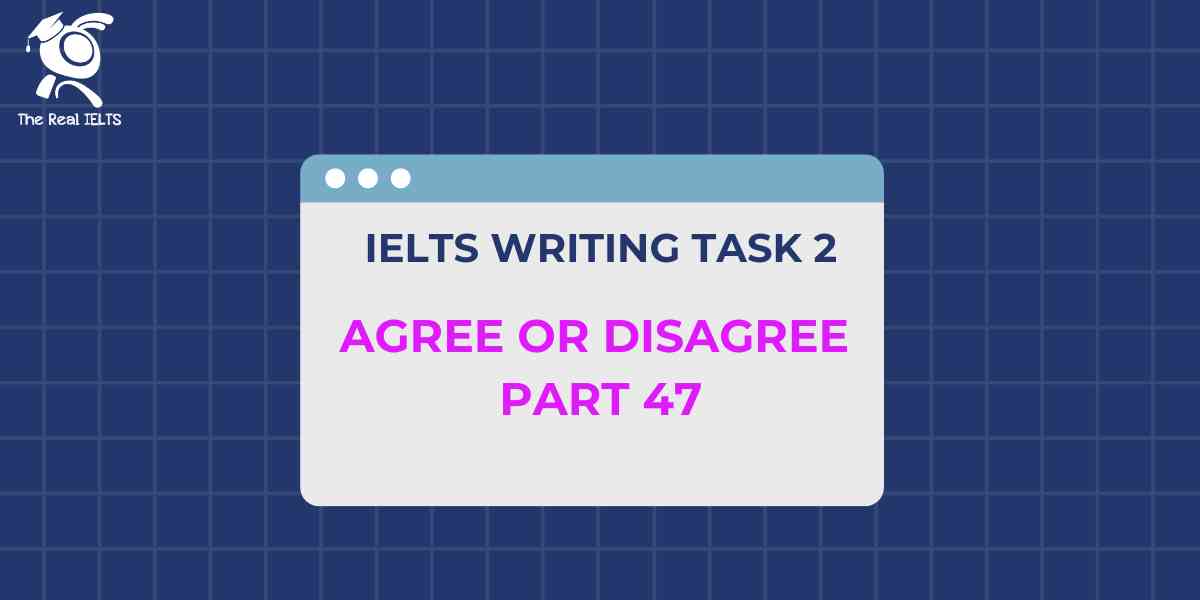100 ví dụ hỏi và trả lời về Yêu cầu gọi xe cứu thương
Đọc thêm: 101 Bài Tiếng Anh Giao Tiếp Cơ Bản Full
General Emergency Calls
- Q: How do I call an ambulance in an emergency?
A: Dial the emergency number (e.g., 911 in the U.S., 999 in the UK, 112 in the EU) and say, “I need an ambulance.” - Q: What should I say when calling for an ambulance?
A: Clearly state your name, the emergency, the location, and describe the patient’s condition. - Q: What is the emergency number in the United States?
A: The emergency number in the United States is 911. - Q: How do I stay calm while calling for an ambulance?
A: Take deep breaths, speak slowly, and focus on providing clear information to the operator. - Q: What information does the ambulance dispatcher need?
A: They need your location, the nature of the emergency, the patient’s condition, and your contact details. - Q: Can I call an ambulance for someone else?
A: Yes, you can call for anyone who needs urgent medical help, even if it’s not for you. - Q: What if I don’t know the exact address?
A: Describe landmarks, nearby streets, or use GPS coordinates to help the dispatcher locate you. - Q: Should I stay on the phone with the dispatcher?
A: Yes, stay on the line until they tell you to hang up, as they may give instructions or need more details. - Q: What if I don’t speak English well?
A: Try to speak slowly, use simple words, or ask for an interpreter if available. - Q: How do I know if I need an ambulance?
A: Call an ambulance for life-threatening situations like chest pain, difficulty breathing, or severe injuries.
Medical Emergencies
- Q: How do I request an ambulance for a heart attack?
A: Call 911 and say, “I think someone is having a heart attack. Please send an ambulance to [address].” - Q: What should I say if someone is having a stroke?
A: Say, “I need an ambulance. Someone is having a stroke at [location]. They have facial drooping and can’t speak clearly.” - Q: How do I describe a seizure when calling an ambulance?
A: Say, “Someone is having a seizure at [address]. They’re shaking and unresponsive. Please send an ambulance.” - Q: What if someone is unconscious?
A: Call and say, “I need an ambulance. Someone is unconscious at [location]. They’re not breathing normally.” - Q: How do I call for an ambulance for severe bleeding?
A: Say, “I need an ambulance now. Someone is bleeding heavily at [address].” - Q: What should I say for a choking emergency?
A: Say, “Someone is choking at [location]. They can’t breathe. Please send an ambulance.” - Q: How do I request an ambulance for a broken bone?
A: Say, “I need an ambulance. Someone has a broken bone at [address]. They’re in severe pain.” - Q: What if someone is having an allergic reaction?
A: Say, “I need an ambulance. Someone is having a severe allergic reaction at [location]. They’re swelling and can’t breathe.” - Q: How do I call for an ambulance for a burn victim?
A: Say, “Someone has severe burns at [address]. Please send an ambulance immediately.” - Q: What should I say if someone is in diabetic shock?
A: Say, “I need an ambulance. Someone is in diabetic shock at [location]. They’re sweating and confused.”
Accidents and Injuries
- Q: How do I call an ambulance for a car accident?
A: Say, “There’s been a car accident at [location]. People are injured. Please send an ambulance.” - Q: What if someone falls and can’t move?
A: Say, “I need an ambulance. Someone fell at [address] and can’t move. They’re in pain.” - Q: How do I request an ambulance for a head injury?
A: Say, “Someone has a head injury at [location]. They’re dizzy and bleeding. Please send an ambulance.” - Q: What should I say for a workplace injury?
A: Say, “There’s a workplace injury at [address]. Someone is hurt and needs an ambulance.” - Q: How do I call for an ambulance after a sports injury?
A: Say, “I need an ambulance for a sports injury at [location]. The person can’t walk and is in pain.” - Q: What if someone is electrocuted?
A: Say, “Someone was electrocuted at [address]. They’re unresponsive. Please send an ambulance.” - Q: How do I request an ambulance for a drowning incident?
A: Say, “Someone nearly drowned at [location]. They’re coughing and weak. Please send an ambulance.” - Q: What should I say for a chemical exposure emergency?
A: Say, “I need an ambulance. Someone was exposed to chemicals at [address] and is feeling ill.” - Q: How do I call for an ambulance after a fight?
A: Say, “There was a fight at [location]. Someone is injured and needs an ambulance.” - Q: What if someone is hit by a vehicle?
A: Say, “Someone was hit by a car at [address]. They’re unconscious. Please send an ambulance.”
Specific Situations
- Q: How do I call an ambulance for a child?
A: Say, “I need an ambulance for a child at [address]. They’re [describe condition, e.g., having a seizure].” - Q: What should I say for a pregnant woman in distress?
A: Say, “I need an ambulance. A pregnant woman is in distress at [address]. She’s having contractions.” - Q: How do I request an ambulance for an elderly person?
A: Say, “An elderly person needs an ambulance at [address]. They’re weak and confused.” - Q: What if someone is having a mental health crisis?
A: Say, “I need an ambulance for a mental health crisis at [location]. The person is a danger to themselves.” - Q: How do I call for an ambulance for a drug overdose?
A: Say, “Someone overdosed at [address]. They’re unresponsive. Please send an ambulance.” - Q: What should I say for a poisoning emergency?
A: Say, “I need an ambulance. Someone was poisoned at [location]. They’re vomiting and weak.” - Q: How do I request an ambulance for a heatstroke?
A: Say, “Someone has heatstroke at [address]. They’re dizzy and not sweating. Please send an ambulance.” - Q: What if someone is hypothermic?
A: Say, “I need an ambulance. Someone is hypothermic at [location]. They’re shivering and confused.” - Q: How do I call for an ambulance in a rural area?
A: Say, “I need an ambulance in a rural area at [describe location or coordinates]. Someone is [describe condition].” - Q: What should I say for a mass casualty incident?
A: Say, “There’s a mass casualty incident at [location]. Multiple people are injured. Please send ambulances.”
Language and Communication
- Q: How do I say “emergency” in a call?
A: Say, “This is an emergency. I need an ambulance at [address].” - Q: What if I don’t know medical terms?
A: Use simple words to describe symptoms, like “can’t breathe,” “bleeding a lot,” or “not waking up.” - Q: How do I describe chest pain to the dispatcher?
A: Say, “The person has severe chest pain and is sweating. Please send an ambulance to [address].” - Q: What if I’m too nervous to speak clearly?
A: Take a deep breath and say, “I need help. Please send an ambulance to [address].” - Q: How do I ask for an ambulance in a foreign country?
A: Learn the local emergency number and say, “Ambulance, please,” or use a translation app. - Q: What should I say if the person stops breathing?
A: Say, “Someone stopped breathing at [address]. I need an ambulance now.” - Q: How do I describe a location clearly?
A: Provide the street name, building, or landmarks, e.g., “Near the park at 123 Main Street.” - Q: What if I don’t know the patient’s condition?
A: Say, “I’m not sure what’s wrong, but they’re not responding. Please send an ambulance to [address].” - Q: How do I ask for help in a crowded place?
A: Say, “I need an ambulance at [location]. Someone is hurt in a crowded area.” - Q: What if the dispatcher asks for more details?
A: Answer calmly, describing the person’s age, symptoms, and any known medical history.
Instructions from Dispatchers
- Q: What if the dispatcher asks me to perform CPR?
A: Follow their instructions, like pressing hard and fast on the chest, and say, “I’m doing CPR.” - Q: How do I respond if asked to check breathing?
A: Say, “They’re not breathing,” or “They’re breathing slowly,” after checking their chest. - Q: What if the dispatcher asks about bleeding?
A: Describe the bleeding, e.g., “It’s a lot of blood from a cut on their arm.” - Q: How do I follow instructions for a choking person?
A: Say, “I’m trying the Heimlich maneuver as you said,” or ask for step-by-step guidance. - Q: What if the dispatcher asks me to stay with the patient?
A: Say, “I’m staying with them,” and keep monitoring their condition. - Q: How do I respond if asked about allergies?
A: Say, “I don’t know their allergies,” or provide details if known, like “They’re allergic to penicillin.” - Q: What if the dispatcher asks about medications?
A: Say, “I don’t know their medications,” or list any known drugs the patient takes. - Q: How do I answer if asked about the patient’s age?
A: Say, “They’re about [age],” or “I’m not sure, they look like an adult.” - Q: What if the dispatcher asks me to move the patient?
A: Say, “I can’t move them safely,” or follow their guidance if it’s safe. - Q: How do I respond if asked to clear the area?
A: Say, “I’m clearing the area now,” and ensure the ambulance has easy access.
Specific Scenarios
- Q: How do I call an ambulance for a fire-related injury?
A: Say, “There was a fire at [address]. Someone is burned and needs an ambulance.” - Q: What if someone collapses in public?
A: Say, “Someone collapsed at [location]. They’re not responding. Please send an ambulance.” - Q: How do I request an ambulance for a heart patient?
A: Say, “I need an ambulance for a heart patient at [address]. They’re having chest pain.” - Q: What should I say for a child with a high fever?
A: Say, “A child has a very high fever at [address]. They’re lethargic. Please send an ambulance.” - Q: How do I call for an ambulance during a natural disaster?
A: Say, “There’s an injury from [disaster] at [location]. Please send an ambulance.” - Q: What if someone is trapped and injured?
A: Say, “Someone is trapped and injured at [address]. Please send an ambulance and rescue.” - Q: How do I request an ambulance for a seizure in public?
A: Say, “Someone is having a seizure in [public place]. Please send an ambulance.” - Q: What should I say for a suspected heart attack at home?
A: Say, “I think someone is having a heart attack at [address]. They’re clutching their chest.” - Q: How do I call for an ambulance for a stroke at work?
A: Say, “Someone is having a stroke at [workplace address]. They can’t move one side.” - Q: What if someone faints at a concert?
A: Say, “Someone fainted at [concert venue]. They’re not waking up. Please send an ambulance.”
Practical Tips
- Q: How do I ensure the ambulance finds me?
A: Turn on lights, send someone to wave them down, or describe your exact location clearly. - Q: What should I do while waiting for the ambulance?
A: Stay with the patient, follow dispatcher instructions, and keep the area clear. - Q: Can I ride with the patient in the ambulance?
A: Ask the paramedics, saying, “Can I ride with them to the hospital?” - Q: What if the ambulance is delayed?
A: Stay on the phone with the dispatcher and ask, “How long will the ambulance take?” - Q: How do I prepare the patient for the ambulance?
A: Keep them calm, don’t move them if injured, and gather their medical information if possible. - Q: What if I’m calling from a mobile phone?
A: Say, “I’m calling from a mobile phone at [location]. Please send an ambulance.” - Q: How do I call an ambulance in a foreign language?
A: Learn basic phrases like “Ambulance, please” or use a translation app to communicate. - Q: What if the emergency is in a remote area?
A: Say, “I’m in a remote area at [describe location]. Someone needs an ambulance.” - Q: How do I request an ambulance for a non-English speaker?
A: Say, “The patient doesn’t speak English. Please send an ambulance to [address].” - Q: What if I’m unsure if it’s an emergency?
A: Say, “I’m not sure if it’s serious, but someone is [describe condition]. Should I call an ambulance?”
Cultural and Regional Differences
- Q: What is the emergency number in the UK?
A: The emergency number in the UK is 999. - Q: How do I call an ambulance in Australia?
A: Dial 000 and say, “I need an ambulance at [address].” - Q: What is the emergency number in the European Union?
A: The emergency number in the EU is 112. - Q: How do I call an ambulance in Canada?
A: Dial 911 and say, “I need an ambulance for an emergency at [address].” - Q: What if I’m in a country with a different emergency system?
A: Research the local emergency number and say, “I need an ambulance” in the local language if possible. - Q: How do I call an ambulance in Japan?
A: Dial 119 and say, “Kyūkyūsha o onegaishimasu” (Please send an ambulance). - Q: What is the emergency number in India?
A: Dial 108 or 102 for an ambulance in India. - Q: How do I call an ambulance in a Spanish-speaking country?
A: Dial the local emergency number and say, “Necesito una ambulancia en [address].” - Q: What if the emergency number doesn’t work?
A: Try another number, like a local hospital, or ask someone nearby for help. - Q: How do I call an ambulance in a country with poor infrastructure?
A: Contact a local hospital or clinic directly and describe the emergency.
Additional Scenarios
- Q: How do I call an ambulance for a pet?
A: Say, “I need help for an injured animal. Is there a veterinary ambulance available?” - Q: What if the emergency is at a school?
A: Say, “There’s an emergency at [school name]. A student is [describe condition]. Please send an ambulance.” - Q: How do I request an ambulance for a heart attack in a restaurant?
A: Say, “Someone is having a heart attack at [restaurant name]. Please send an ambulance.” - Q: What if someone is injured in a public park?
A: Say, “Someone is injured in [park name]. They need an ambulance at [specific location].” - Q: How do I call for an ambulance during a power outage?
A: Use a charged mobile phone and say, “There’s a power outage, but I need an ambulance at [address].” - Q: What should I say for a suspected poisoning at home?
A: Say, “I think someone was poisoned at [address]. They’re vomiting. Please send an ambulance.” - Q: How do I call an ambulance for a stroke in a mall?
A: Say, “Someone is having a stroke in [mall name]. Please send an ambulance to [specific area].” - Q: What if the patient is a tourist?
A: Say, “A tourist is injured at [location]. They need an ambulance and don’t speak the language.” - Q: How do I request an ambulance for a child with asthma?
A: Say, “A child is having an asthma attack at [address]. They can’t breathe well. Please send an ambulance.” - Q: What if I need an ambulance during a large event?
A: Say, “There’s an emergency at [event name]. Someone is [describe condition]. Please send an ambulance.”















